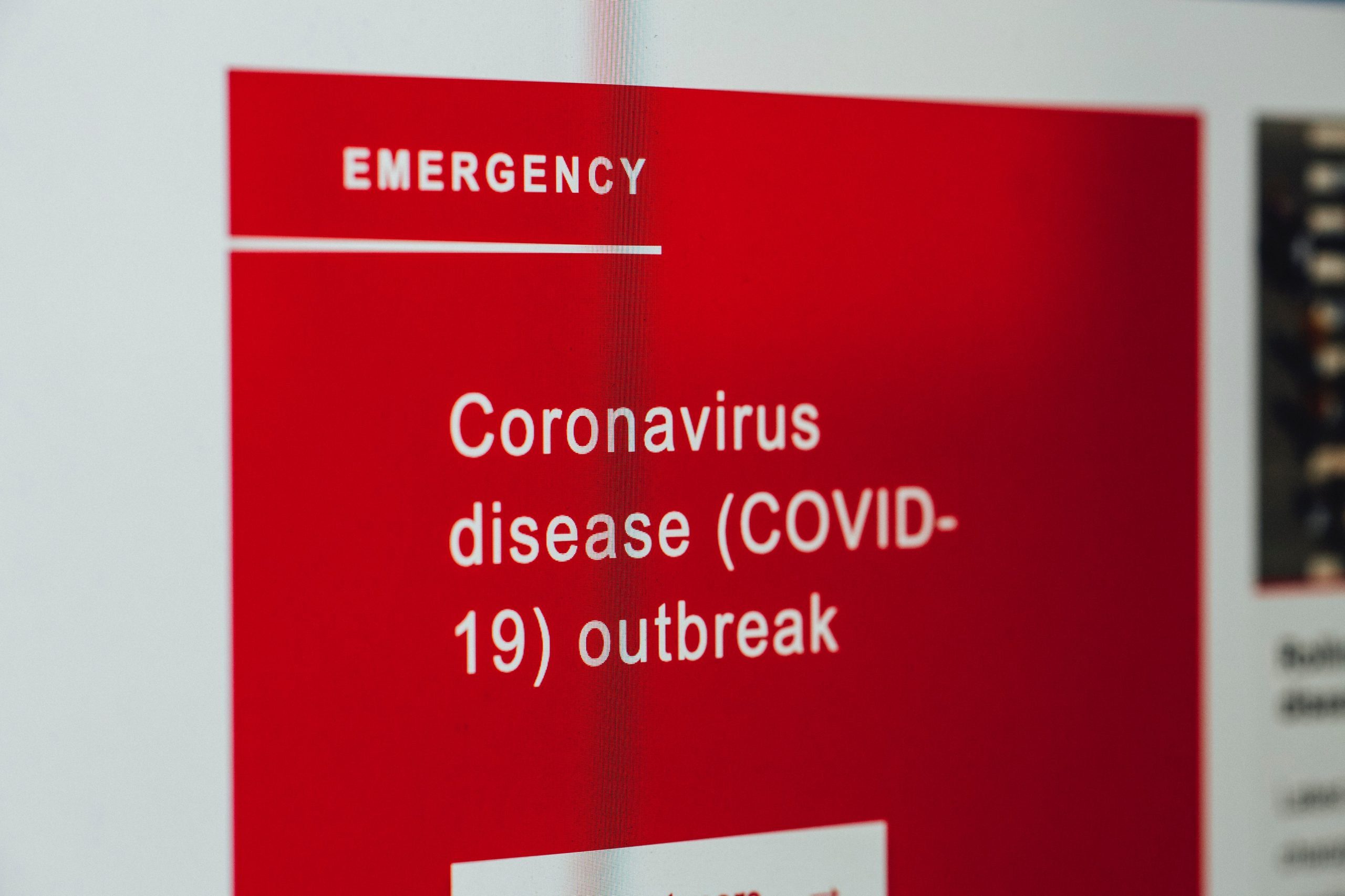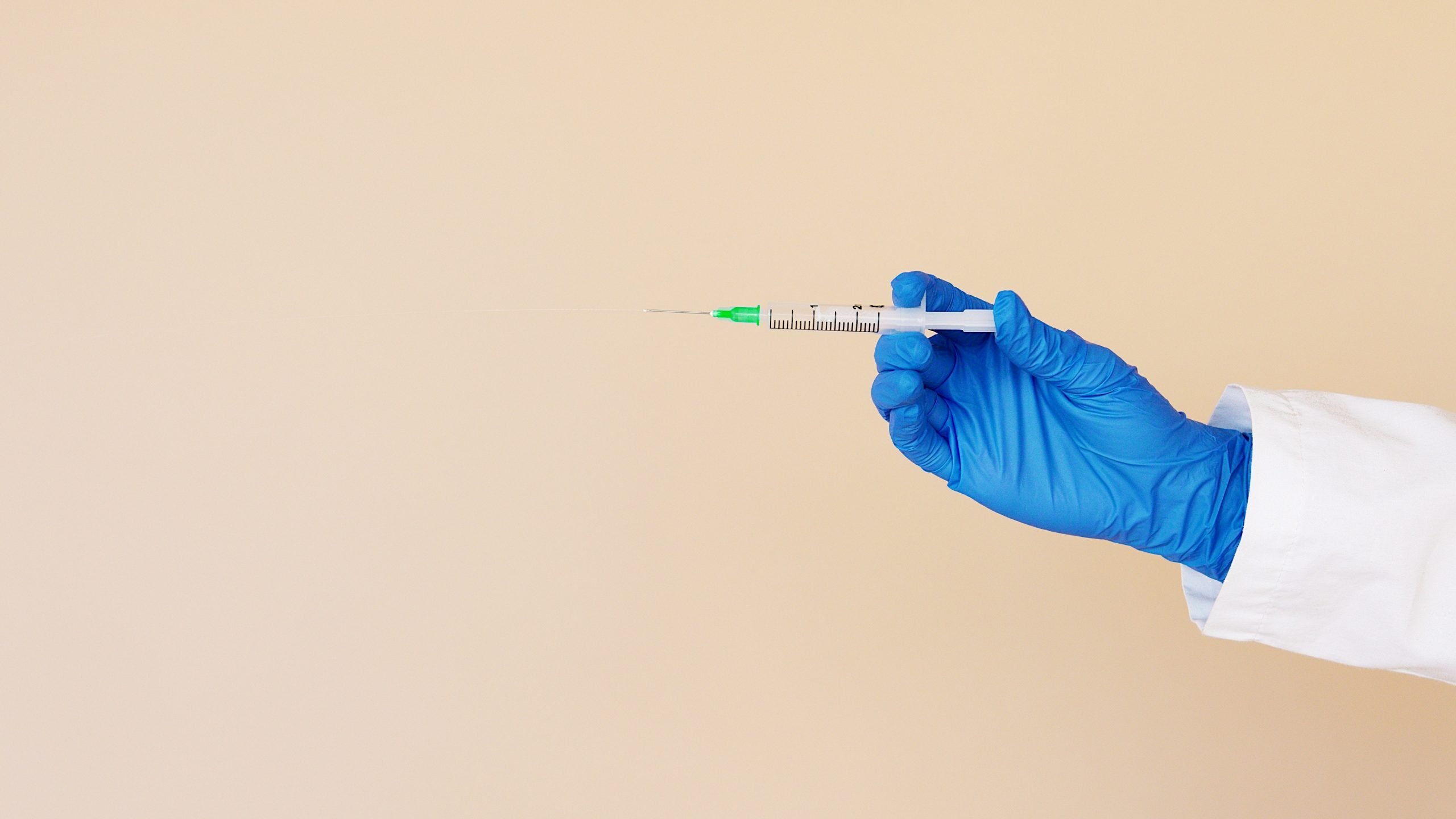More than one billion doses of coronavirus vaccines have now been administered worldwide.
In the UK, more than 33.7 million people have received their first jab and more than 12.6 million are fully vaccinated against the virus.
The UK currently lead in Europe with over 46 million doses with Germany coming second with 25.5 million.
The United States has distributed the most doses globally with over a quarter of a billion followed closely by China.
There is concern surrounding Japan’s vaccine rollout with less than 90 days until the Tokyo Olympic Games.
Only 1.3% of the country’s population have received one dose of the vaccine since they became available over two months ago.

Multiple vaccines have been created worldwide. In Britain there are three available: Pfizer, Astra-Zeneca and Moderna.
Others include:
- Johnson & Johnson (The Netherlands and USA)
- Sputnik V (Russia)
- Sinovac (China)
- Sinopharm (China)
How are developing countries fighting the virus?
Earlier this month, the Corvax scheme was set up in order to share Covid-19 vaccines globally.
The aim of the scheme is to make sure all countries, rich and poor, receive doses of the vaccine.
Covax, which is led by the World Health Organisation, hopes to deliver more than two billion doses across 190 countries in less than a year.
There are countries however, the majority in Africa, still yet to receive one vaccine.

Some also call into the question the readiness and ability of some countries to operate large-scale vaccination campaigns.
The World Bank conducted a study of countries readiness alongside WHO, UNICEF, the Global Fund, and Gavi.
It found that only 27% have social engagement strategies to encourage citizens to get vaccinated.
And less than a third have programs in place to train the large number of health workers they will need.








